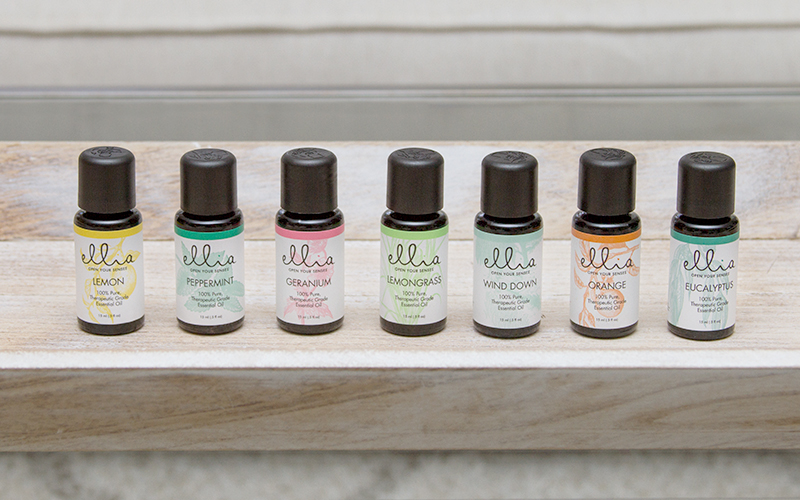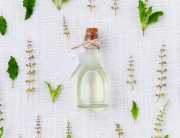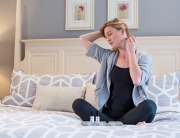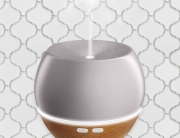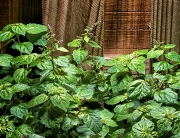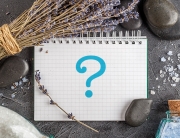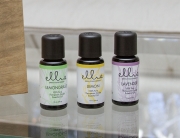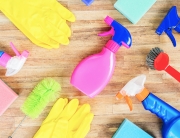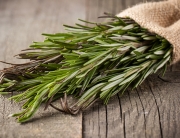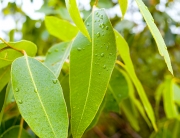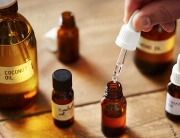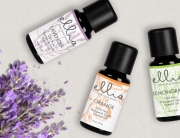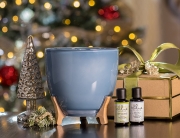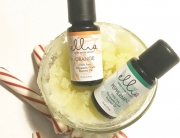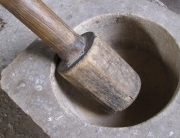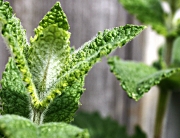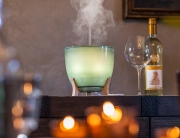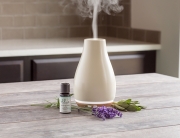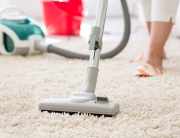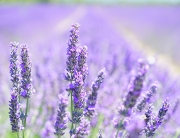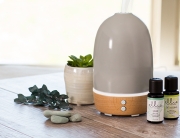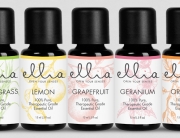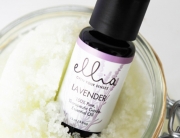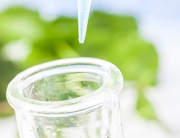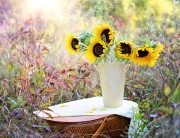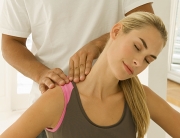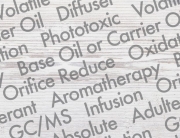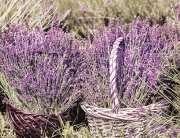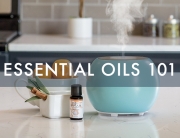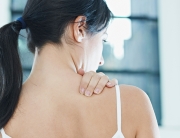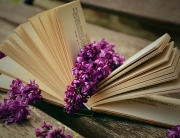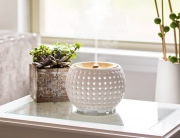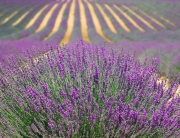When it comes to essential oils, many people know the effects of diffusing them aromatically, and the ins-and-outs of experiencing them topically. They know which combinations make the best blends, and how much carrier oil to mix in. They know the history behind them, and the terms to describe them.
But, did you know:
- The sense of smell is the first of all our senses to develop.
- Women have a better sense of smell than men.
- Research shows there is a 40% improvement in mood after being exposed to pleasant scents.
- Essential oils are oils obtained from the leaves, stems, flowers, bark, roots, or other elements of a plant.
- Citrus oils like lemon, orange, and grapefruit have been found to boost positive thoughts and enhance your mood.
- Twenty-eight cups of peppermint tea is equal to one drop of peppermint essential oil.
- There are five drops of lemon essential oil in one lemon.
- Early kings and queens hired royal herb strewers to scatter herbs in their path—sweetening the air and warding off bad vibes.
- Smells evoke memories because they’re processed by the olfactory bulb, which directly links to the amygdala and hippocampus.
- More than 250 pounds of peppermint leaves are needed to make one pound of peppermint essential oil.
- Less than 1 percent of the entire plant species population produces essential oil.
- Recipes for herbal-infused oils and creams have been discovered in the tombs of legendary Egyptians, like Cleopatra.
- When harvesting plants for essential oils, the time of year can significantly alter the smell.
- Before taking a test, essential oils like peppermint, lavender, and basil can help you relax.
- Diffusing essential oils can actually help increase the atmospheric oxygen in a room.
- It takes more than 150 pounds of lavender flowers to make just one pound of lavender oil.
- Our sense of smell is strongest in the spring and summer due to the added moisture in the air.
- Hippocrates, father of holistic medicine, recommended daily baths and scented massages.
- It wasn’t until the 20th century that the term “aromatherapy” was used.
- When thieves in the 14th century realized the bubonic plague was contagious, they covered themselves in oils before robbing sick people.
- In the 1950s, essential oils began to be used in massage therapy.
For even more interesting insights, follow us on Facebook and Twitter.
